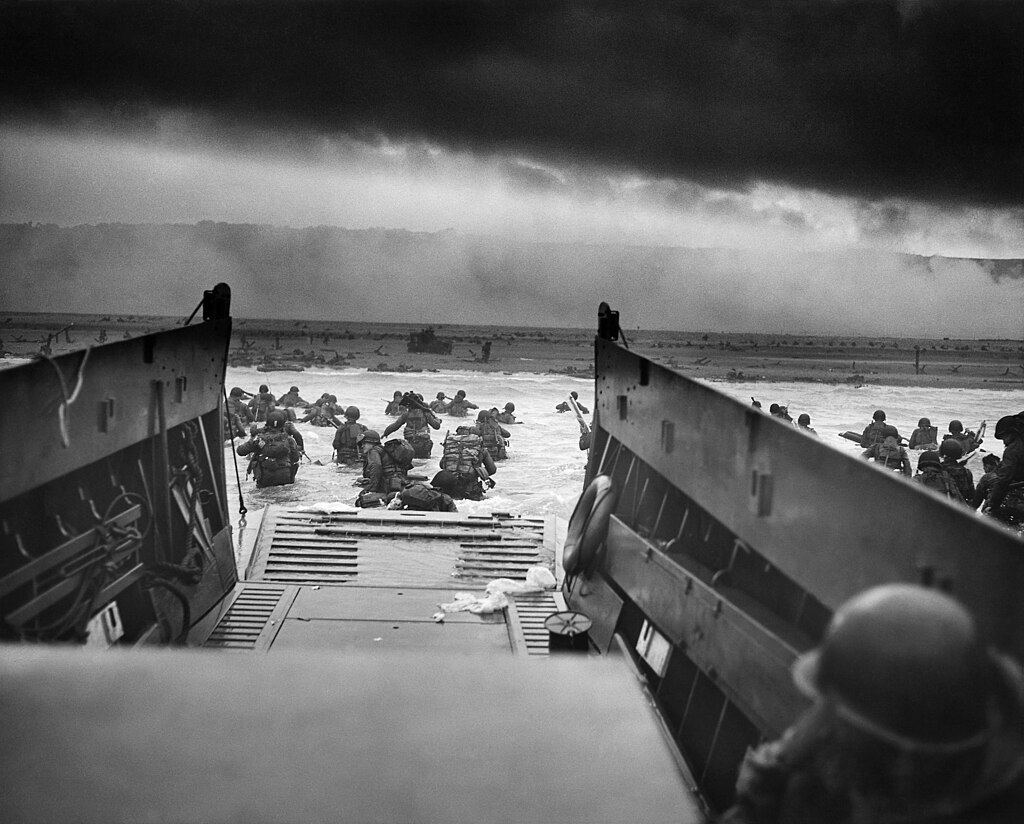“Saving Private Ryan,” directed by Steven Spielberg and released in 1998, is widely regarded as one of the most powerful and realistic war films ever made. Here are 30 interesting facts about the movie:

1. Realism in the Opening Scene
- The D-Day landing sequence on Omaha Beach cost $12 million to shoot and involved up to 1,500 extras.
2. Veteran Consultants
- The production consulted with war veterans and military advisors, including Dale Dye, to ensure accuracy.
3. Cast Boot Camp
- Most of the main cast underwent an intense week-long military boot camp, except for Matt Damon, to foster resentment towards his character among the cast and make their relationships more realistic.
4. Historical Accuracy
- Spielberg aimed for historical accuracy, using period-correct weapons, uniforms, and equipment.
5. No Storyboards
- Despite its complex action scenes, Spielberg chose not to use storyboards for the film, preferring to shoot it more spontaneously.
6. Omaha Beach Details
- Real amputees were used for the Omaha Beach scene to realistically portray soldiers who had limbs blown off.
7. Sound Design
- The film won an Academy Award for Best Sound. The sound team spent an enormous amount of time getting authentic weapon sounds.
8. Cinematography
- The film’s cinematographer, Janusz Kamiński, desaturated the film’s color to make it look more like period photographs and newsreels.
9. Handheld Cameras
- Many scenes were shot using handheld cameras to provide a sense of immediacy and chaos.
10. Improvised Dialogue
- Some of the film’s dialogue was improvised to create a more natural and authentic atmosphere.
11. Saving Private Ryan Effect
- The movie’s realistic portrayal of war led to the coining of the term “Saving Private Ryan effect” in discussing the film’s influence on other war movies and video games.
12. Veterans’ Reactions
- The film was praised by WWII veterans for its accuracy, though some found the depiction of D-Day too intense to watch.
13. Box Office Success
- It grossed over $482 million worldwide, making it the highest-grossing film of 1998 in the US.
14. Academy Awards
- It won five Academy Awards, including Best Director for Spielberg, but lost Best Picture to “Shakespeare in Love.”
15. Government Support
- The United States Department of Defense supported the film by allowing the use of military bases and equipment.
16. Use of Ammunition
- The film used about 40 barrels of fake blood and thousands of rounds of ammunition to recreate the battle scenes.
17. Tom Sizemore’s Personal Struggles
- Tom Sizemore, who played Sergeant Mike Horvath, was battling drug addiction during filming. Spielberg gave him an ultimatum to stay clean or be fired.
18. D-Day Veterans
- Spielberg invited D-Day veterans to the set and incorporated their feedback into the film.
19. Film’s Impact on Normandy
- The film led to a significant increase in visitors to the D-Day landing sites in Normandy.
20. Matt Damon’s Casting
- Matt Damon was cast partially because of his performance in “Good Will Hunting” and Spielberg wanting an unknown actor.
21. Film Editing
- The film’s editing, done by Michael Kahn, took place simultaneously with shooting, a rare practice in filmmaking.
22. Physical Effects
- The film relied heavily on practical effects and minimal CGI to enhance realism.
23. Tom Hanks’ Preparation
- Tom Hanks visited the National WWII Museum and consulted with veterans to prepare for his role.
24. Specialized Training for Extras
- Extras playing soldiers underwent military training to accurately portray WWII soldiers.
25. Influence on Video Games
- The film inspired several video games aiming to replicate its realistic portrayal of WWII, including the “Call of Duty” series.
26. Use of Authentic Locations
- Key scenes were filmed in locations across Ireland, England, and France to maintain authenticity.
27. Realistic Prosthetics
- The film used state-of-the-art prosthetics to depict injuries, contributing to its graphic realism.
28. Impact on War Films
- “Saving Private Ryan” is credited with revitalizing interest in the WWII genre in both cinema and television.
29. Educational Use
- The film is used in educational settings to teach about WWII, despite its graphic content.
30. Memorialization
- Spielberg established the Shoah Foundation after making the film, dedicated to recording testimonies of Holocaust survivors.
